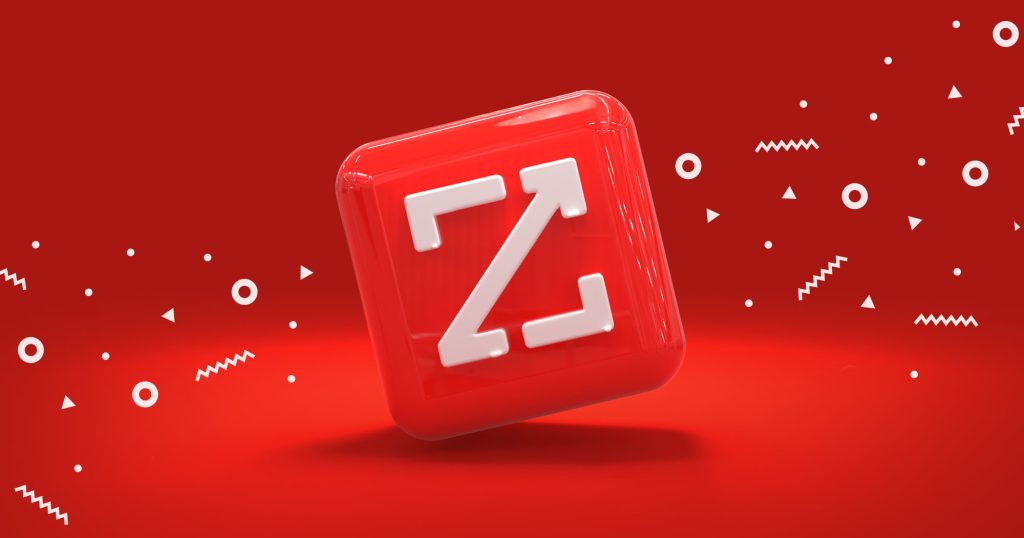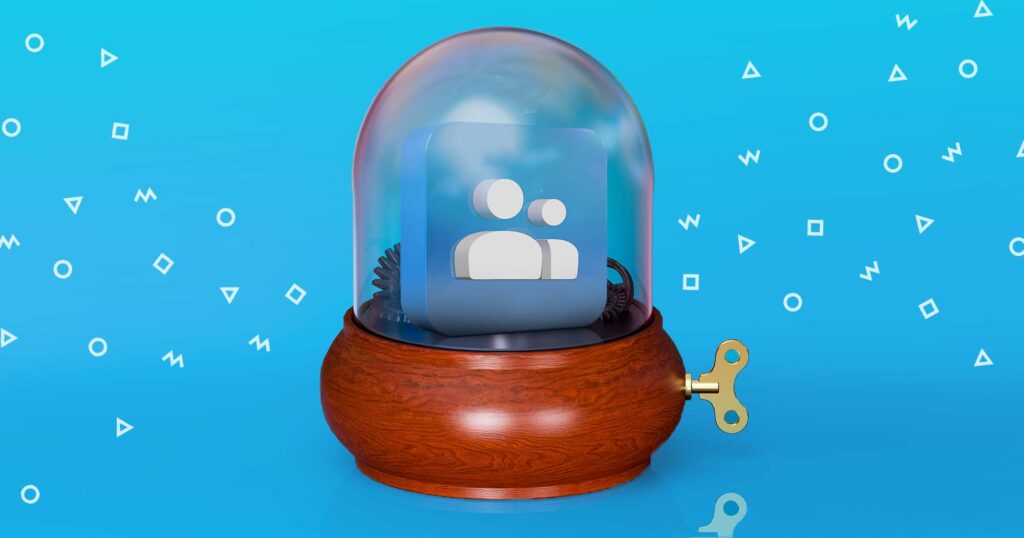Examples of all the best email closing I can share
To see what this all looks like in practice, let’s take a look at some examples of the best closings for emails and see how they measure up.
“I’d love to jump on a call to discuss this further. How would next Monday at 11 AM suit you?”
We have a CTA with a clear objective—to get a meeting. Assuming the body of the email has done enough to generate interest in the product/service, this could work. If they’d just asked if the recipient would be agreeable to a call, there are only two potential responses: yes or no.
However, by suggesting a potential time in closing remarks in emails, you encourage the recipient to think in terms of whether the timing is convenient, rather than whether they want to have a meeting in the first place.
“If that sounds interesting to you, I’d be happy to explain more. Feel free to pick any time from my calendar that would suit you for a chat.”
Here we have another closing that’s trying to secure a call. As mentioned, this might be too much of a request for an initial cold email, but this closing does its best to remove as much friction as possible by allowing them to pick a time from a scheduling tool. However, some people will be hesitant to click a link in an email from a stranger. If the email is from a recognized company and/or the reader sees enough potential value in the product, this could work well.
“Do you ever struggle with {a specific problem that your product solves}?”
We’ve already discussed how questions can be the best way to end an email, encouraging your reader to engage more. The key word here is ‘specific.’ If you’ve done your research properly and can refer to a problem that is relevant to the recipient, this should be enough to get their attention. However, this question could easily be viewed as rhetorical, and, while it might still get them to think, it still might not be enough to motivate a response.
“If you don’t mind me asking, how are you currently dealing with {a specific problem that your product solves}?”
Building on the previous example, the subtle change to this ending makes it clear that you’d like to start a conversation, inviting the reader to give their input. Even if it doesn’t always lead to a sale, this type of closing is a great opportunity to learn more about your recipient. However, the likelihood of getting a response depends on the complexity of the problem you’re solving. If they can answer the question in a few words, this will reduce the friction of responding. If it takes too much time or effort, though, or the problem isn’t one they’re interested in, you’re not going to get a response.
“I’ve actually recorded a video showing how {sender company} could help save {recipient company} $486 every week. Would it be okay to send that over?”
This is one of my favorite email closings. As well as following the rules of how to close an email like a pro, this steps it up by offering the reader something that’s personalized to them. Rather than asking for a sale, a meeting, or anything else, this email closing is offering something of value. Coupled with a screenshot of the video, ideally showing the recipient’s company name, this is by far the best way to close a business email that stands a really good chance of getting a response.
Ready for the next step? Let’s take our advice to the next level with best tools available.






![How to Write Your Perfect LinkedIn Connection Message [With 15+ Templates] How to Write Your Perfect LinkedIn Connection Message [With 15+ Templates]](https://reply.io/wp-content/uploads/linkedin.messages-1024x538.jpg)